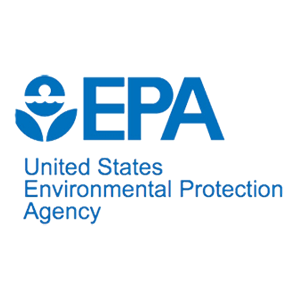The Environmental Protection Agency (EPA) released a proposed rule to cut methane emissions, timed to coincide with the United States joining a pledge at the 26th United Nations Conference on Climate Change (“COP26”) to cut global methane emissions by 30 percent by 2030. As noted by Daniel Bosch in his review of the proposed rule, the real news is not that the EPA strengthens the Obama-era (2016) rule on new sources of methane emissions. Instead, the headline is that for the first time the EPA will impose regulations on existing sources of emissions, which had previously been regulated by states under authority granted by the Clean Air Act.
Specifically, “EPA is proposing ‘emissions guidelines’ that would set out a model regulatory policy that states would have to implement on existing sources.” That model would apply to “more than 800,000 existing facilities that would be newly subject to federal minimum standards. States would have some flexibility in how they regulate these facilities, but states must submit their plans to EPA for approval – so in essence the guidelines act as a federal regulatory floor.”
Bosch notes that EPA estimates the net cost (net of sales and use of captured methane) of the rule will be $6.3 billion, while the benefits are “$55 billion using the social cost of methane at a 3 percent discount rate, though it notes that depending on the discount rate used such benefits range from $22 billion to $150 billion.” The benefits reflect the assumption that between 2023 and 2035, methane emissions will be reduced by 920 million metric tons (measured in carbon dioxide equivalent).
Read more > https://www.americanactionforum.org/daily-dish/epa-methane-rule/


